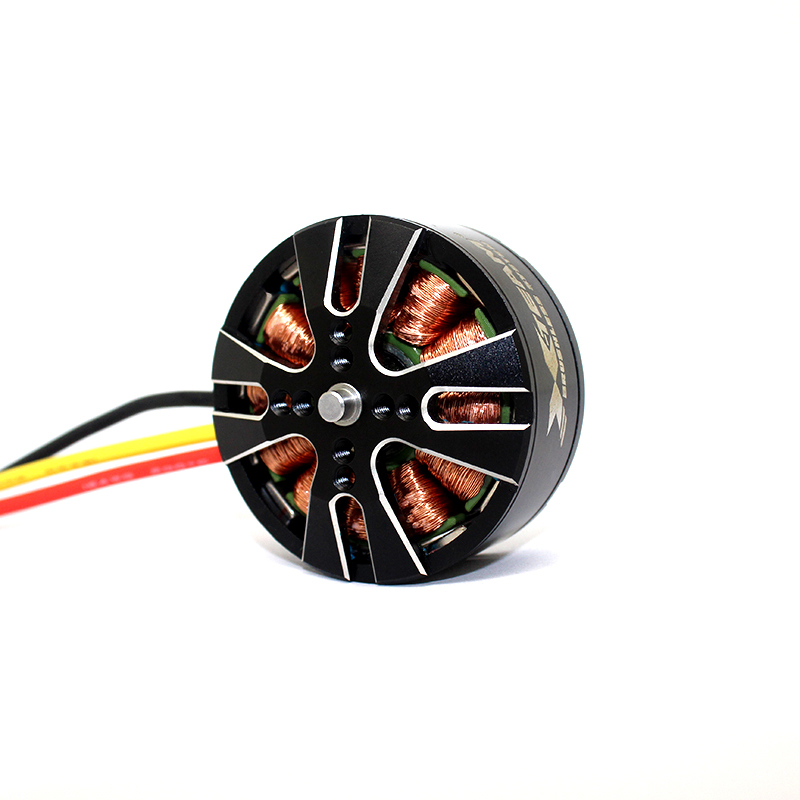12
Jul
What Are DC Motors?
A DC motor (Direct Current motor) is an electric motor that runs on direct current power. It converts electrical energy from a DC power source into mechanical energy, producing motion.

Basic Definition
A DC motor is an electromechanical device that uses the interaction between magnetic fields and electric current to generate rotational movement. It is one of the most commonly used motors in industrial and consumer applications due to its simplicity, efficiency, and ease of speed control.
How DC Motors Work
When a current-carrying conductor is placed in a magnetic field, it experiences a force that causes it to rotate. This principle, explained by Fleming’s Left-Hand Rule, forms the foundation of how DC motors operate.
The main components of a DC motor include:
- Stator: Creates a stationary magnetic field.
- Rotor (Armature): Rotates due to the electromagnetic force generated when current flows through it.
- Commutator: Reverses the direction of current in the rotor to maintain continuous rotation.
- Brushes: Conduct electricity from the power source to the commutator.
Common Types of DC Motors
- Brushed DC Motors
- Brushless DC Motors (BLDC)
- Series, Shunt, and Compound Wound Motors
Each type is designed for specific performance needs such as speed regulation, torque, and efficiency.
Key Applications
DC motors are widely used in:
- Electric vehicles
- Robotics
- Industrial machinery
- Power tools
- Home appliances